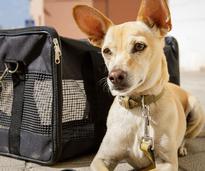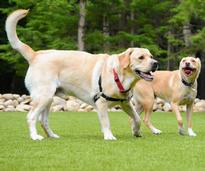Pet Friendly Guide to Albany NY and the Capital Region
For many people, pets are as much a part of the family as children are! Help your pet live their best life by finding pet friendly apartments, accommodations, and other related services that are useful whether you live in the Albany area or are just visiting.
Don't leave your pet behind when you travel to the Capital Region. Check out the variety of pet friendly lodging options in Albany!
Looking to take your four-legged friend with you to a new apartment? Find dog and cat friendly apartments in the Capital Region!
Does your pet need some training? Find a trainer in Albany to ensure your pet is well-trained and socialized with others.
Keep your pet looking in tip-top shape! Find a well trained groomer in the Capital Region to ensure your dog or cat is looking their best.
Make sure your pet has the best possible care by going to see one of the Capital Region's many great veterinarians.
Find upcoming Capital Region events that are for pets and/or are pet-related events.
Do you have a favorite photo of your dog, cat, or other pet? Our Facebook fans sent us some of their best pet photos!
ADVERTISEMENT
ADVERTISEMENT
ADVERTISEMENT
ADVERTISEMENT
ADVERTISEMENT
Did we miss one? Did one of these places close? Send us a note!






